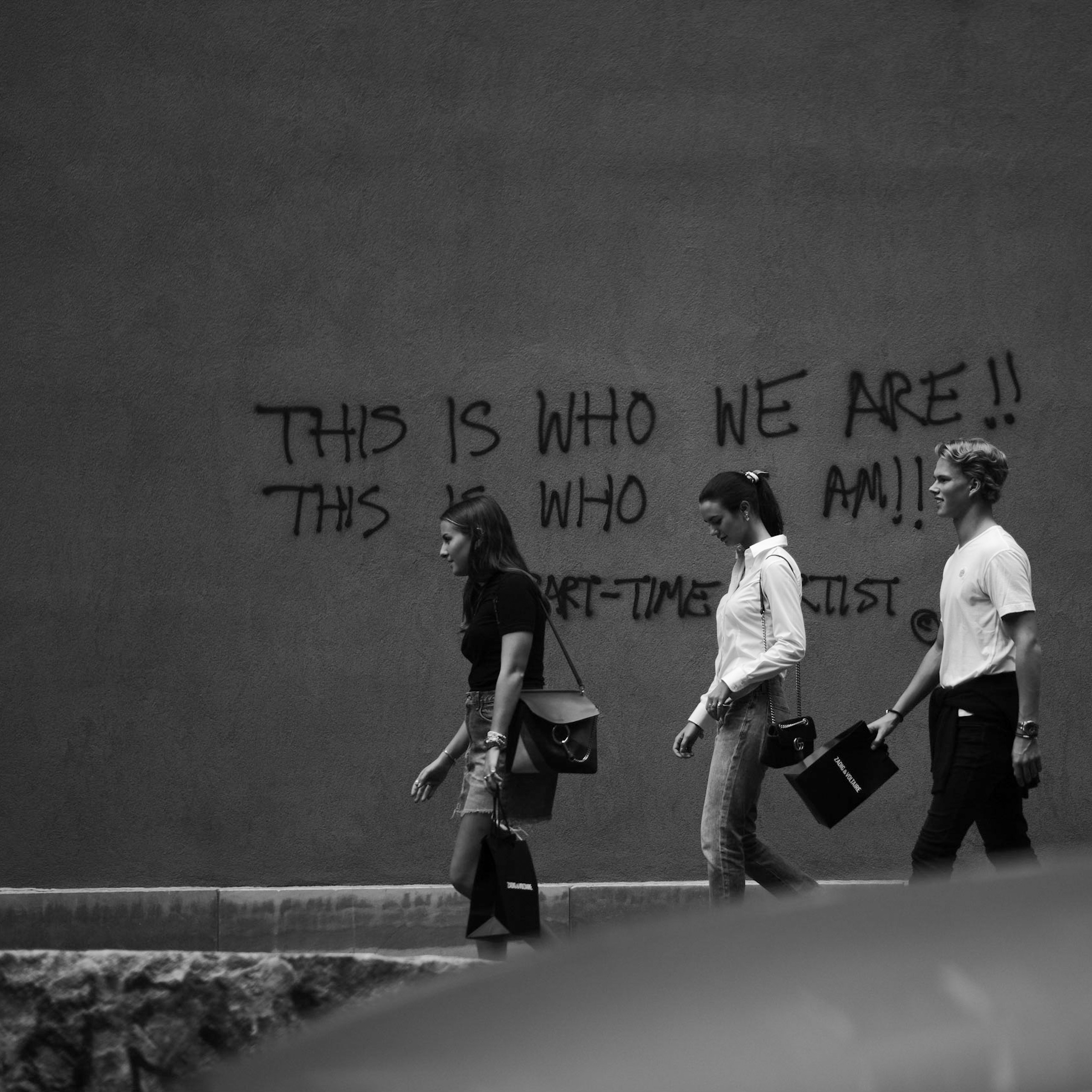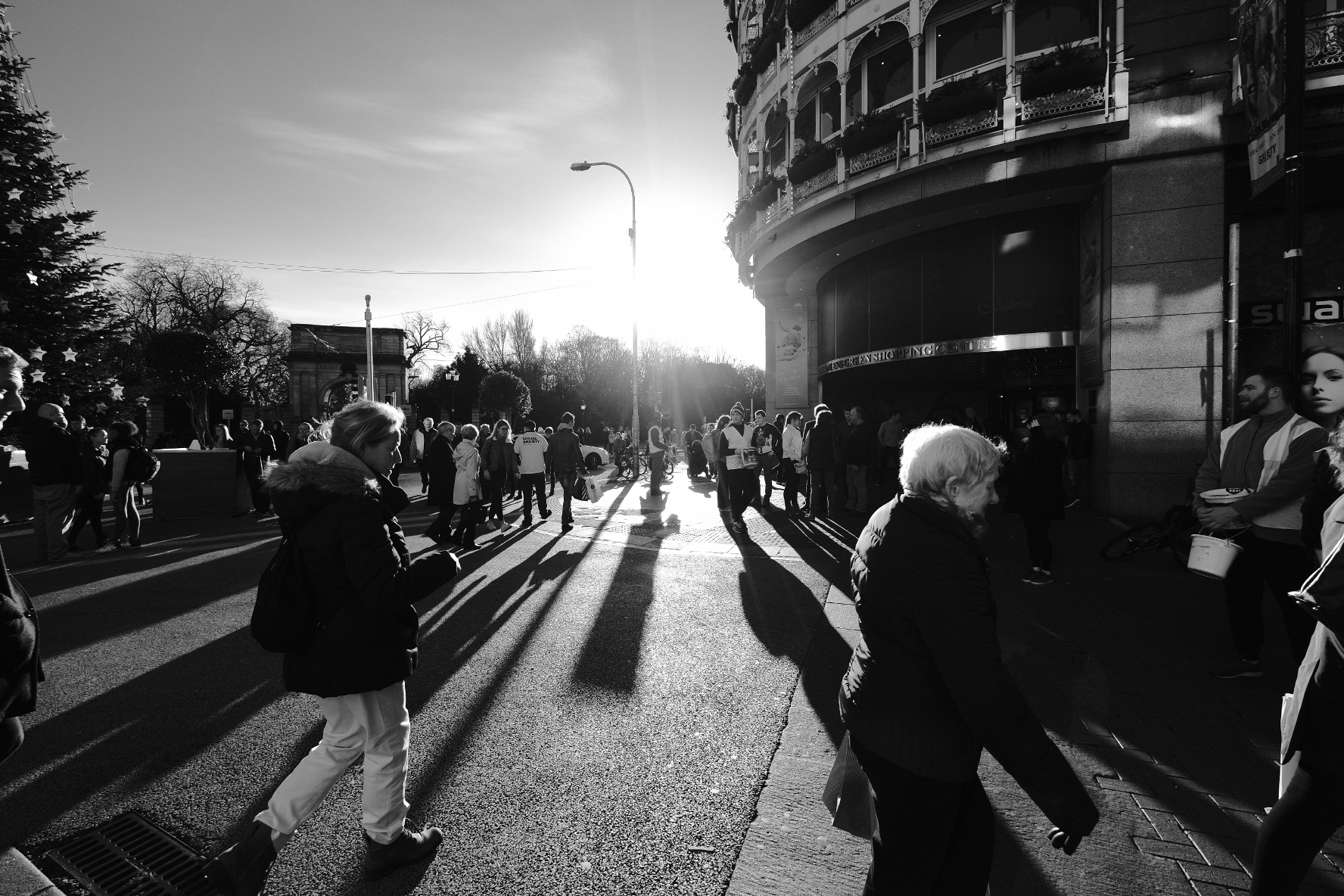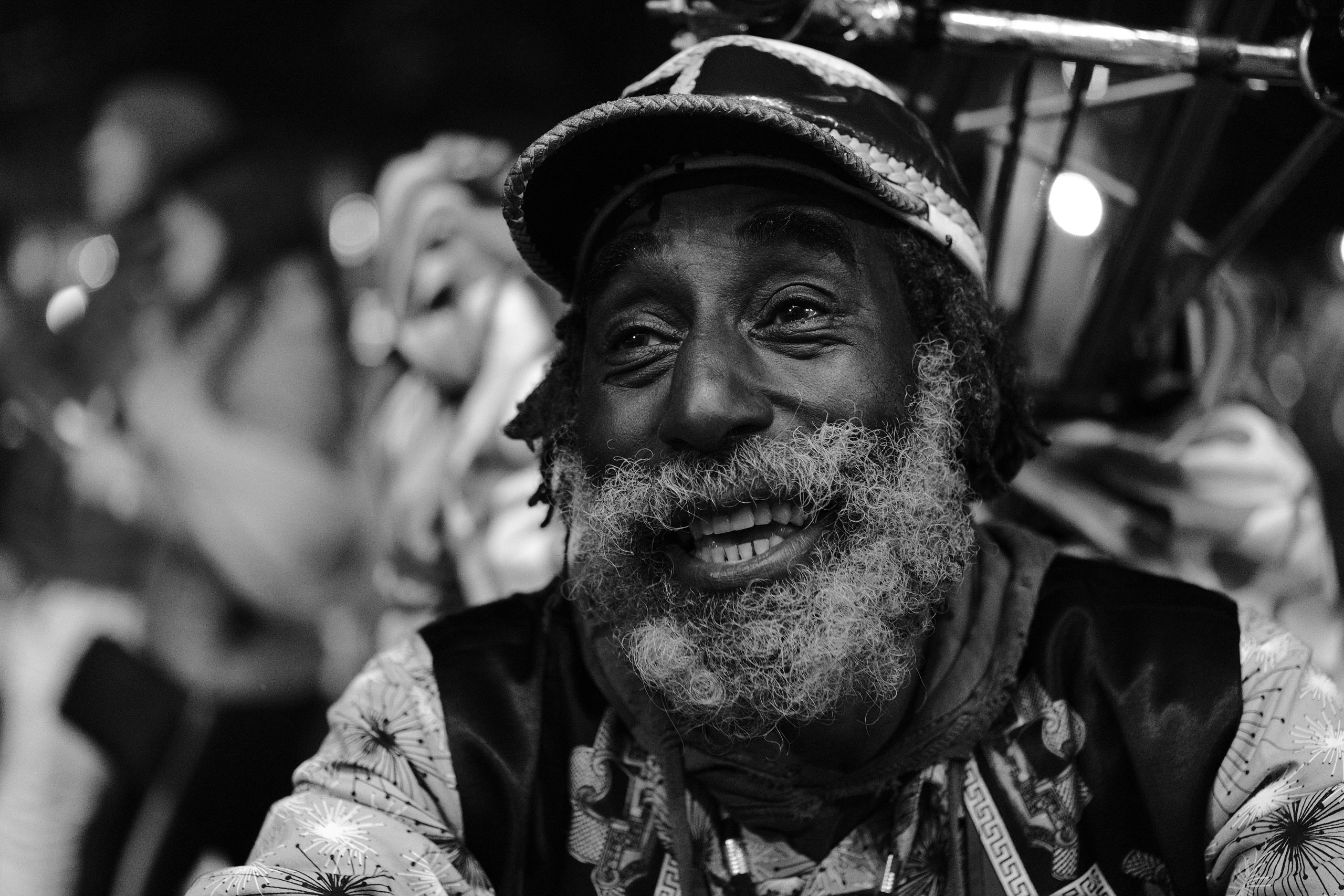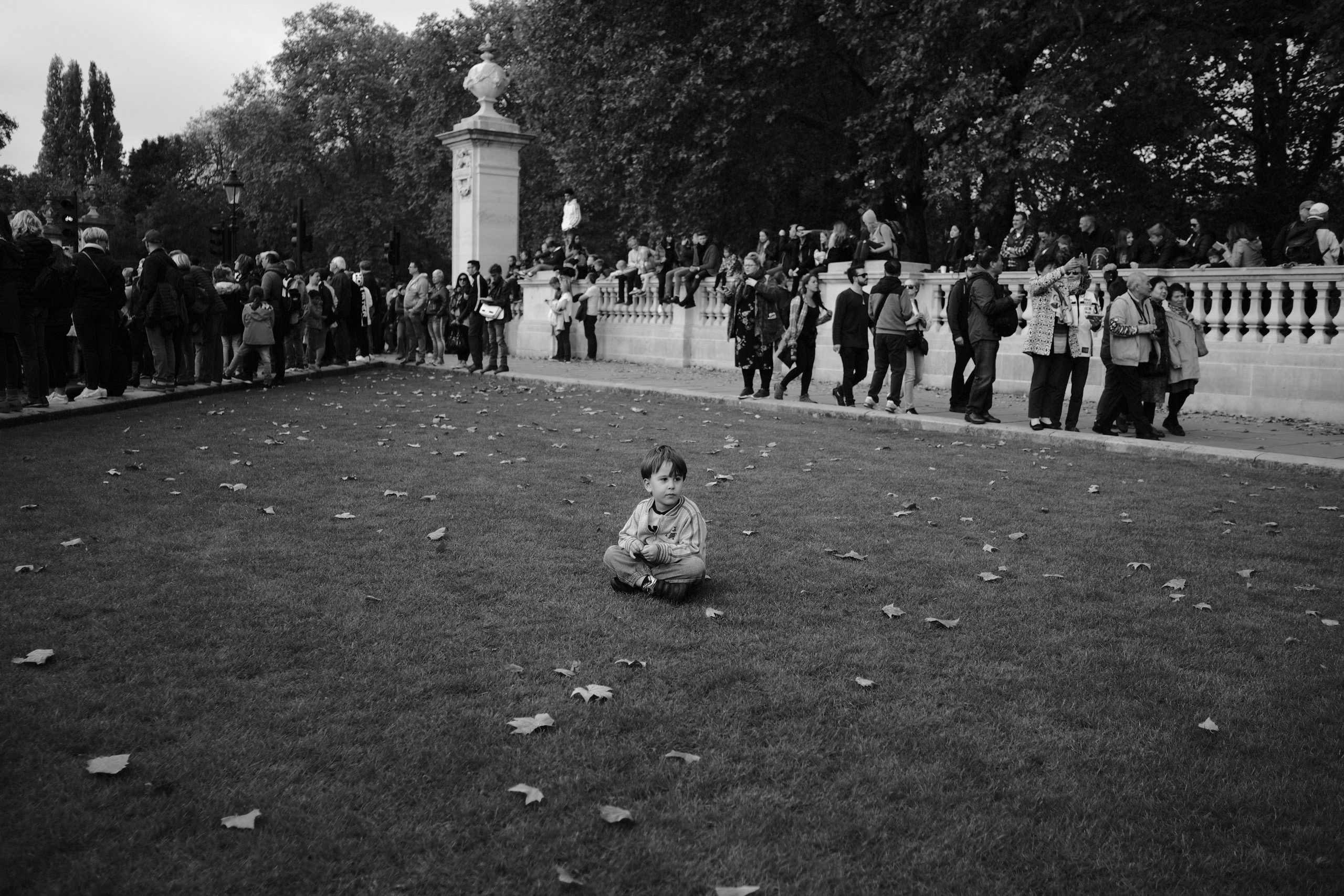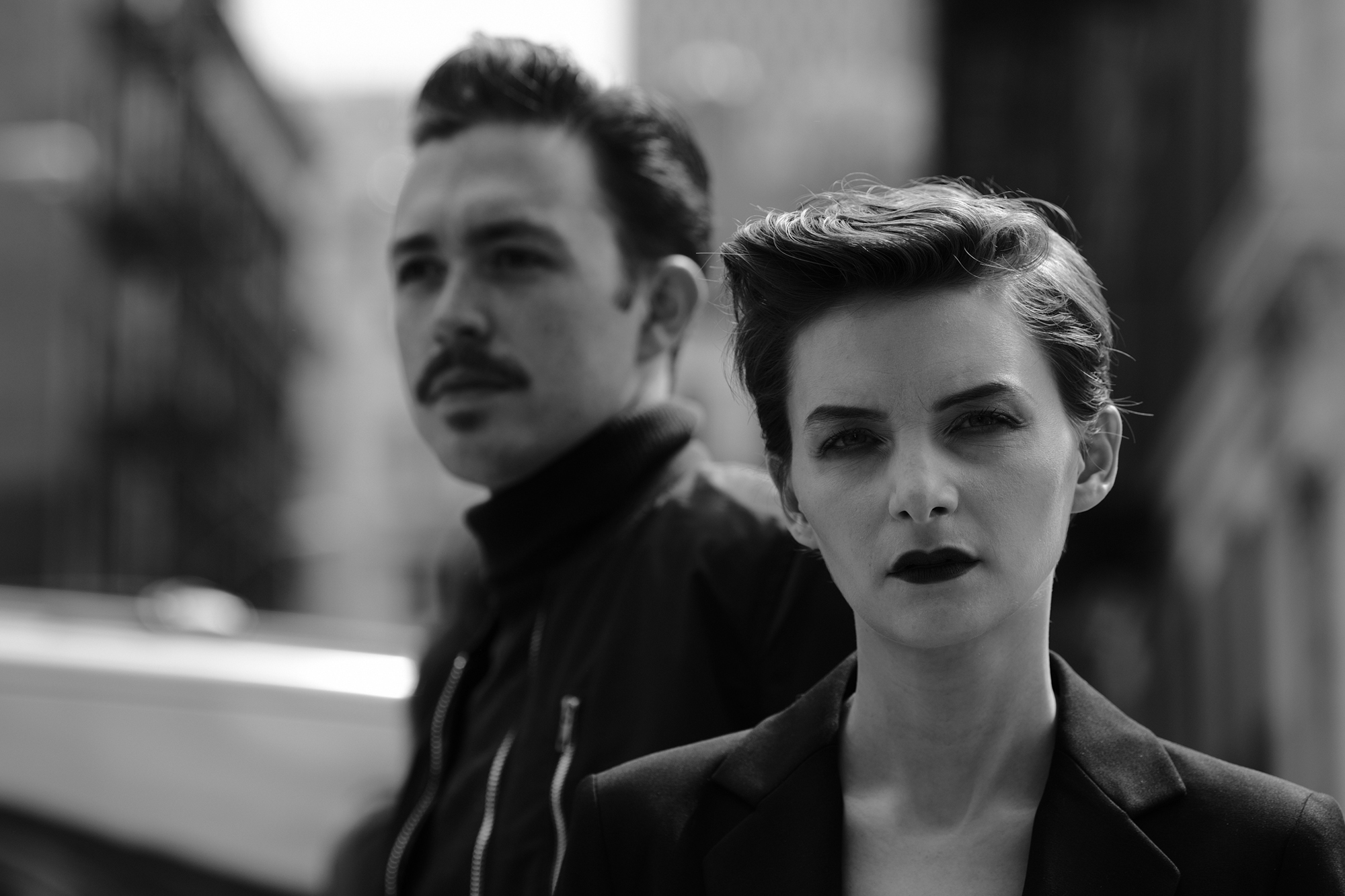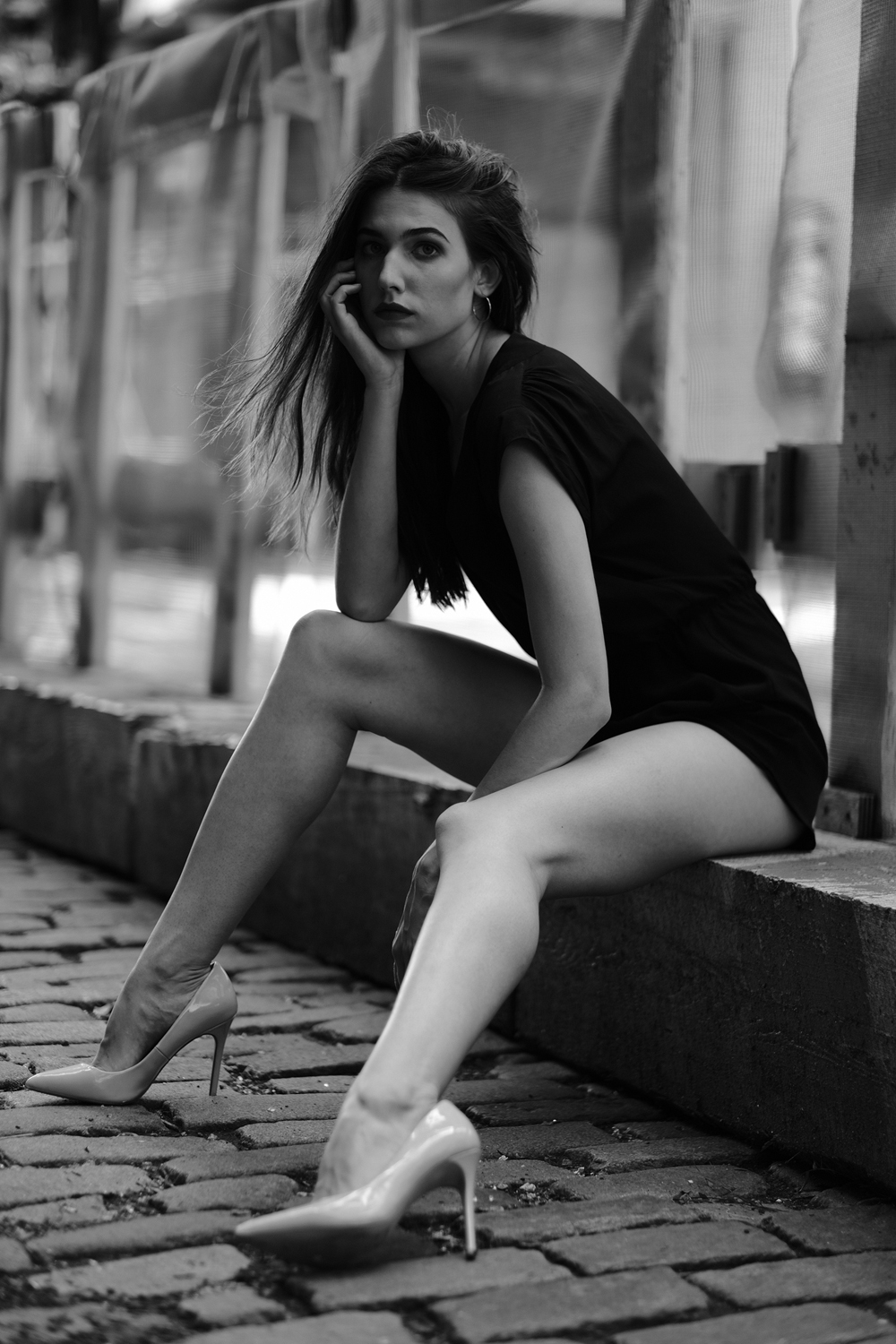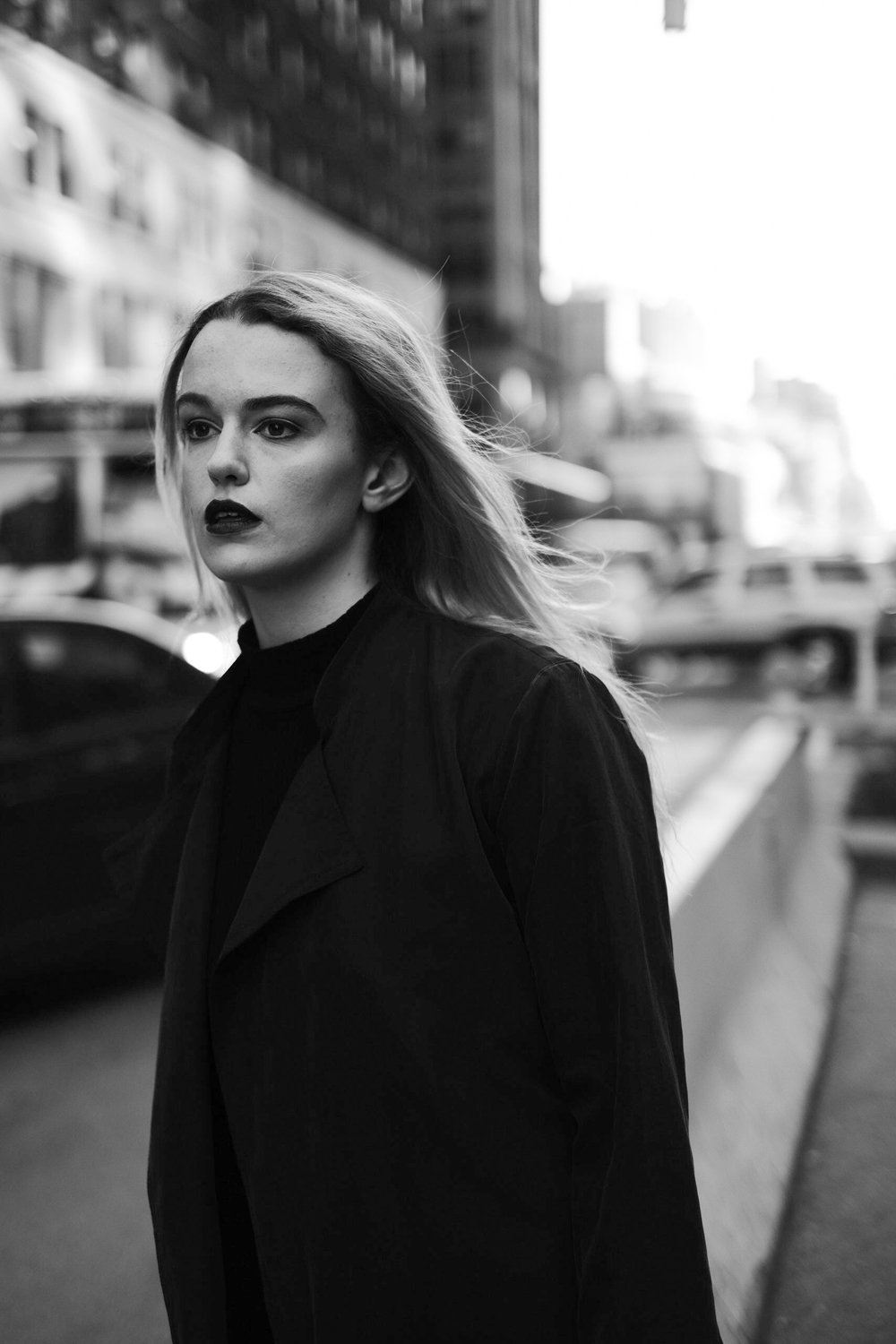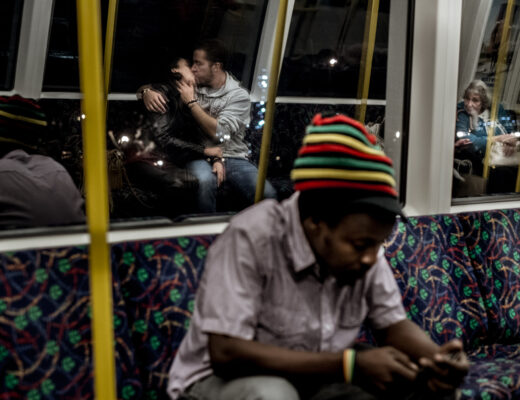I think many can agree, that one of the reasons we adopted the Fujifilm camera system is it’s amazing color science. I know when I first picked up a Fuji camera, I immediately went for the Film simulations and started tweaking settings to see how close I could get to a ready-made image, straight out of camera. I was quickly amazed by the JPEG results, and the level of detail and dynamic range I could access.
Capturing RAW+JPEG in camera, quickly became a habit for me and in some cases, I used the JPEG file with little to no edits for shots I took.
As a challenge, I decided to only shoot JPEG and rely entirely on internal camera settings to paint my pictures, for street, travel and documentary work. There was something creative and organic, to restricting myself to the constraints of what the camera produces, leaving aside worries about computer editing.
So, I hit the streets and started taking images. Black and White is my creative comfort zone, so I locked in on the Acros film simulation (which I absolutely adore) and played around with a few settings; adjusting Highlight Tone and Shadow Tone and Sharpness settings. Then, depending on the environment and light availability; I would work the exposure compensation knob to adjust exposure more freely, toggling between underexposed and normally exposed shots and going back and forth between Spot and Multi Metering modes depending on light motivation. When you really start observing light behavior and its relation to how you setup your camera settings, you really hit a milestone! It gave me a breakthrough in how to capture the moment and allow the light to “shine” so to speak, as it’s own character in the frame.
I spent the next few months, doing all of my street photography in this manner. Most of the street work has been black and white, however there have been times, where I have experimented more with color, and still practicing the same method, working with Pro Neg High and of course, Classic Chrome simulations, which are ideal color profiles for the street portrait, or scene.
I really felt like I was getting images I was proud of and it forced me to look at composition and light, and almost approach things like I would a film camera, detaching myself from the idea that “I can fix it in post”. There are occasions, I admit, when reviewing images, I may have applied a crop here and there, but for the most part I stayed disciplined and kept the image as is.
The Monochrome Portrait Project
So, after a while of mastering ‘straight out of camera’ shots, I decided I wanted to try applying this methodology to my portrait projects. I had come up with an 80’s chic style black and white portrait story, and I wanted to only use Fuji’s film simulations. The only editing I wanted to do was retouching minor skin imperfections, or smoothing. But everything else was off limits and color grading had to stay in camera.
Sure enough the project worked! I did 4 portrait sessions and utilized the Acros G profile, with minor tweaks here and there, did some slight skin smoothing or retouching, but left everything as is, and only worked on the JPEG files. I also kept RAW backups, just in case, but never used them during this project.
This truly is one of the magic features in the Fujifilm system. There is no other camera system that I know of that gives you this level of adjustment to your images, in camera. The fact that you can even process RAW files in camera, apply your settings and then export a new image, within the camera (and without a computer) is absolutely amazing!
A big reason why it is so fun to shoot on Fujifilm cameras, is how easy it is to focus on the shot. To see exposure, color, contrast and any other elements, right in your viewfinder, so you know that the image you are looking at is exactly what comes out of camera – another testament to the unique features in the Fujifilm camera system.
I plan on shooting more portrait sessions in my current black and white series this year, further exploring ways to creatively shoot and capture in monochrome. I’m also hoping to play around a lot more with the color film simulations in my street and documentary work and apply the same methodologies; however I have to say, shooting in Acros is quite addictive!


